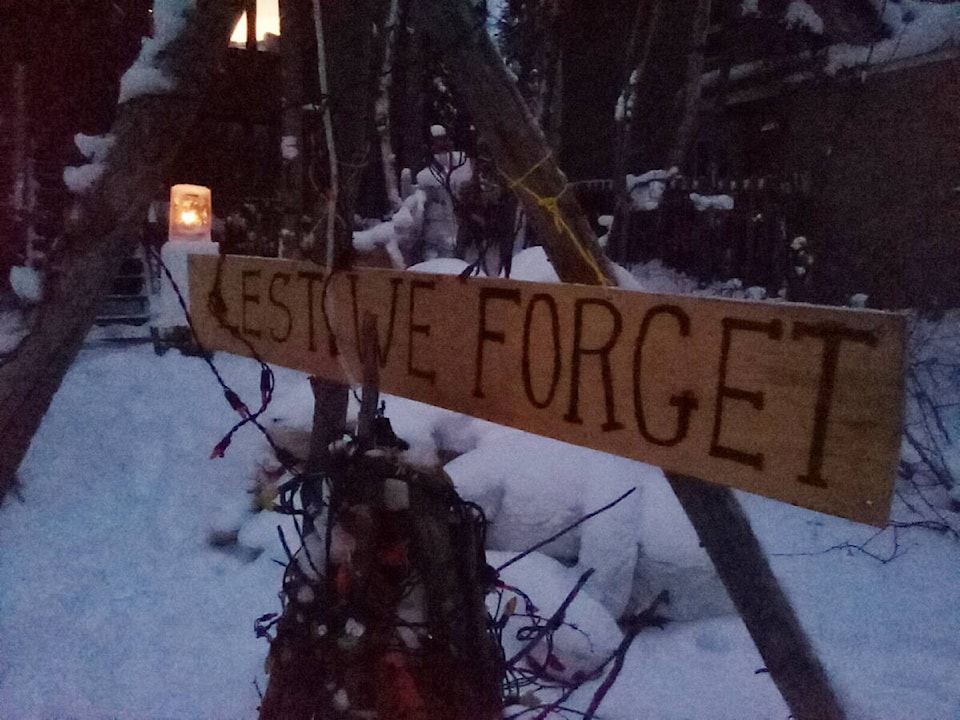Things are always changing and evolving.
Armistice day was started in 1919 in England and the commonwealth as a day to remember those who served and those who died during the First World War. Wreaths were laid at war memorials and there was a minute of silence to mark the occasion — on the 11th hour of the 11tth day of November, when the First World War ended.
It wasn’t a holiday. It was a day of work and sombre remembrance. There was also the thought that if we remember the past, we won’t repeat it in the future. Unfortunately, the Second World War came along, and its servicemen and veterans were then included in the ceremonies. In 1931, the name was changed to Remembrance Day.

When I was in public school, Remembrance Day was a normal school day, except for a minute of silence and possibly an auditorium ceremony of some sort. Veterans would have a ceremony at the war memorials and then most would either go to the Legion or a military mess to be with others who had gone through the war.
The government does work in mysterious ways. Here is an example. In 1950, a war broke out between North and South Korea. China got involved by helping North Korea. The United Nations declared an emergency and 14 counties, including Canada, sent troops and military personnel to fight alongside South Korea. Canada sent 26,000 military men and women, 516 of whom died. When they returned home, they received benefits but the benefits were less then what veterans got because the politicians in Ottawa argued that what occurred in Korea had been a conflict and not a war. So, they were conflict veterans but not war veterans.
I knew one of them quite well because he was my scout leader for a couple of years. He was a nice guy but in talking one day, yes, he was a little disillusioned at people who would send you to war and then go cheap on the benefits. It wasn’t until 30 years later in the 1980s that they were recognized as true veterans. Much the same thing happened with people the government sent on peace keeping missions. As one veteran told me, when people are shooting at you, it is more war than peace.
I recall reading a science fiction story one time that a law was passed that any leaders or politicians who send people to war would have to go themselves. Such a rule, if adopted globally, might really cut back on wars.
When I was in high school, anyone who was in Boy Scouts, Girl Guides, Saint John’s Ambulance or the militia were supposed to go to school in uniform on Remembrance Day for some reason. So, I put on my uniform and went. When I walked into my home room and saluted the teacher before taking my seat, he seemed a little flummoxed. He stammered, “You’re in the militia,” which is what they now call the reserves. I wanted to reply that they were teaching me how to build bridges, fire machine guns and blow things up. but I didn’t think he was ready for that.
In the 1970s I believe Remembrance Day was declared a statutory holiday by Ottawa. That meant federal civil servants got the day off, but each province had to decide what to do about it. It really didn’t become a national holiday as it is now with schools, offices and some businesses shut down until the 1980s or 1990s.
So it has evolved over the years and will continue to evolve with time. It is a day to stop for a few minutes and remember all those past and present who made sacrifices to try to make things better, who respond to emergencies and try to keep people out of harms way. It is a day to remember.
Lest we forget.
